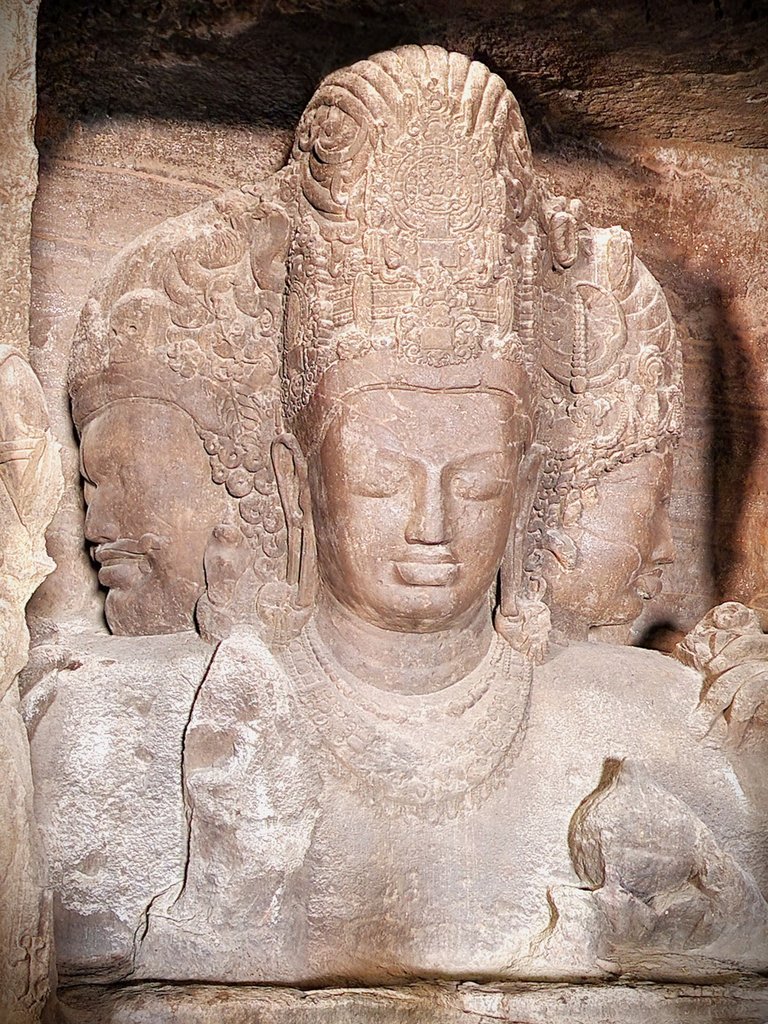
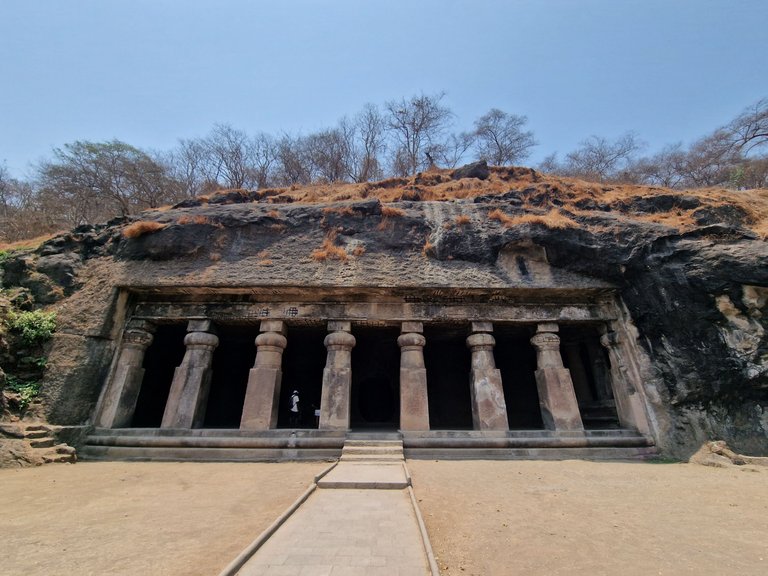
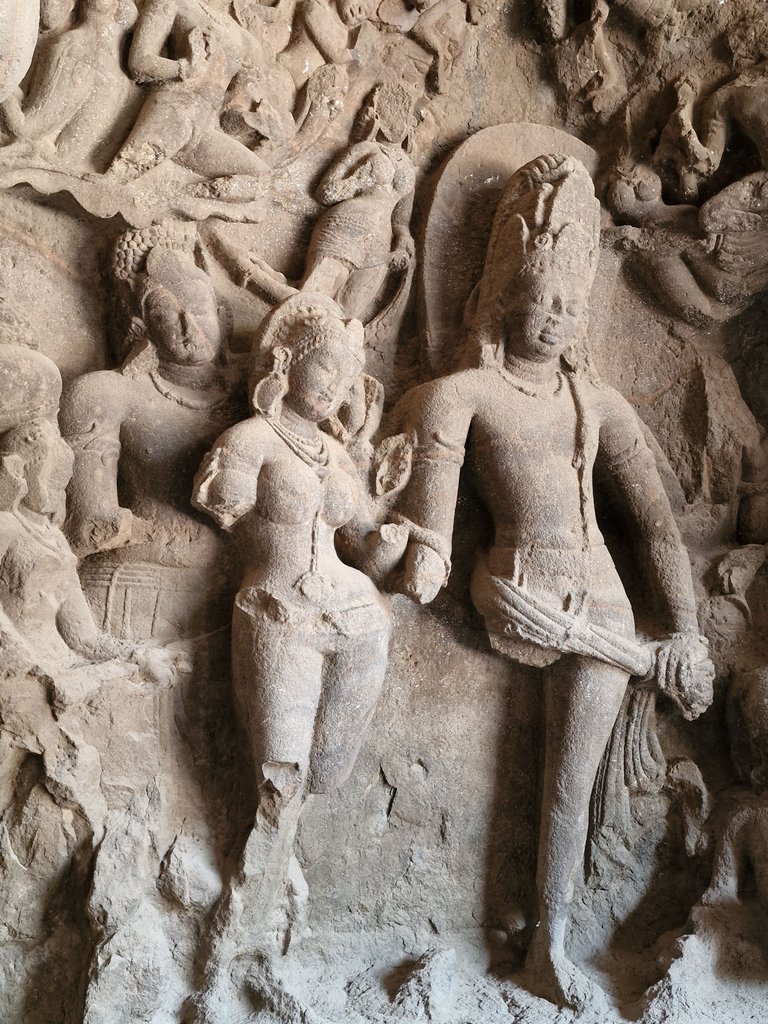
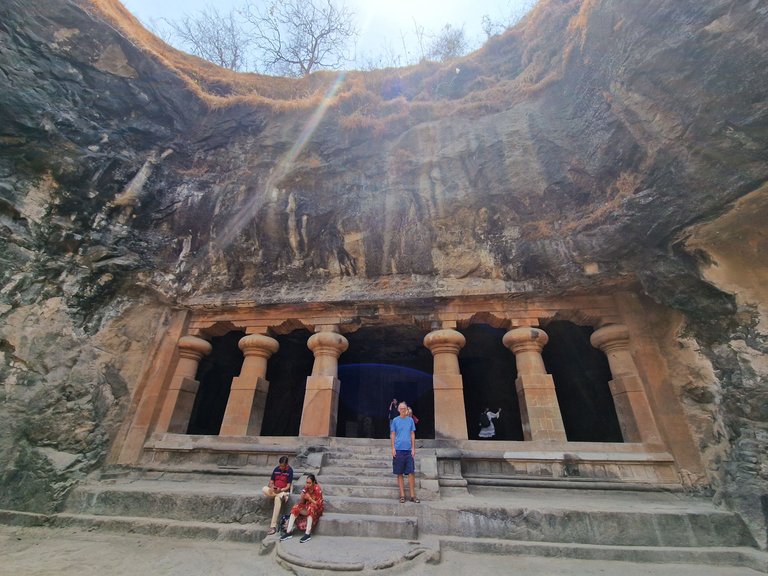
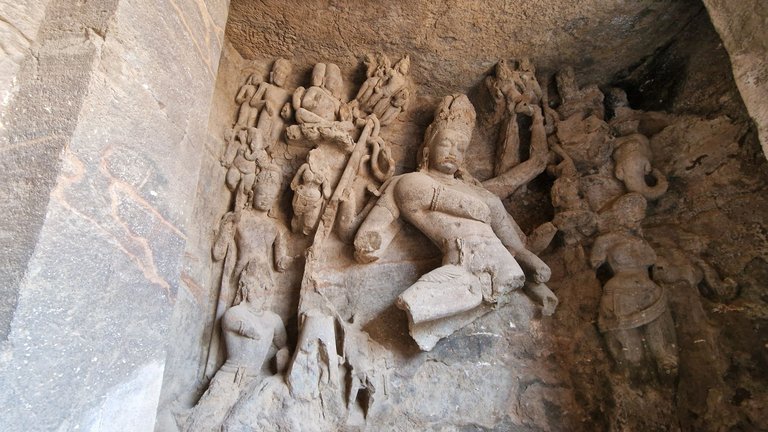 Elephanta Caves is a historical, cultural, and archaeological site near Mumbai India known as Gharapuri village and is now an attraction for tourists from around the world.
Elephanta Caves is a historical, cultural, and archaeological site near Mumbai India known as Gharapuri village and is now an attraction for tourists from around the world.
In the 16th century, the Portuguese exploited Elephanta Island and damaged several of its caves. However, the Indian government later undertook restoration efforts, and today, the island serves as an important tourist destination.
The Elephanta Caves, is a UNESCO World Heritage Site, an example of ancient Indian rock-cut architecture and sculpture. These caves are carved out of solid basalt rock and showcase a blend of Hindu and Buddhist beliefs and iconography. Still, it is unknown who built this architecture. The island features five Hindu caves, two Buddhist caves with water tanks, and several Buddhist stupas.
Each cave is rock-cut, featuring a large main chamber, courtyards, two lateral chambers, and minor shrines.
Hello, travelers! Greetings to my friends and the community. This trip, we have planned to visit Elephanta Caves with my nephews, to experience different travel than routine and explore some history and culture.
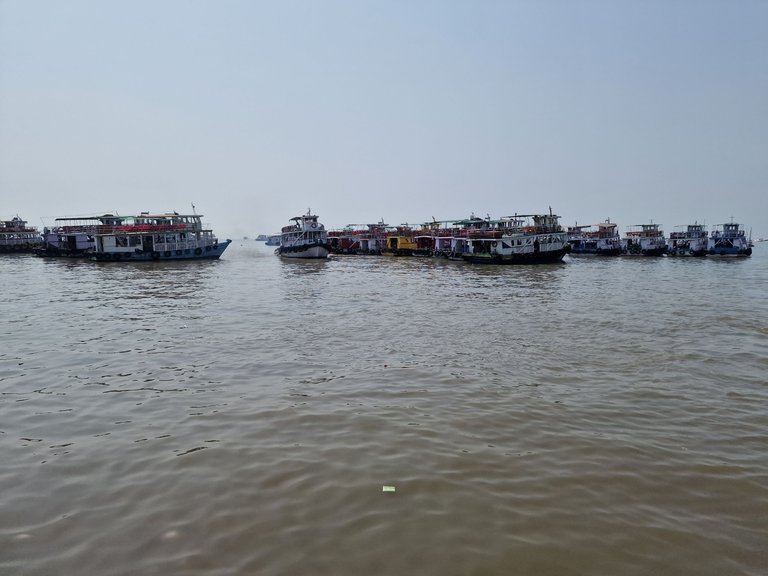 To get to this destination, it normally gets to Mumbai, and from the Gateway of India, there are tourist boats to the Elephanta island.
To get to this destination, it normally gets to Mumbai, and from the Gateway of India, there are tourist boats to the Elephanta island.
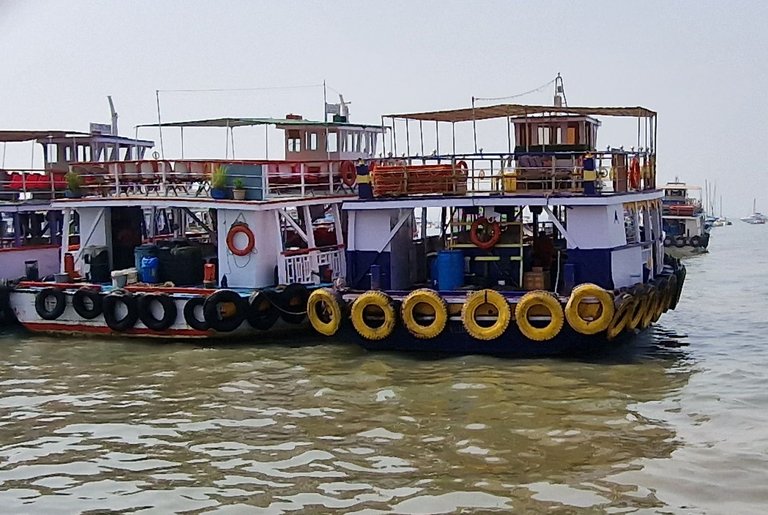
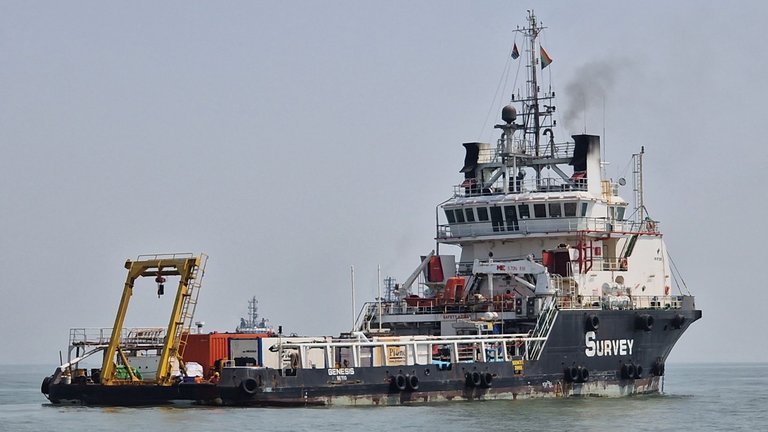
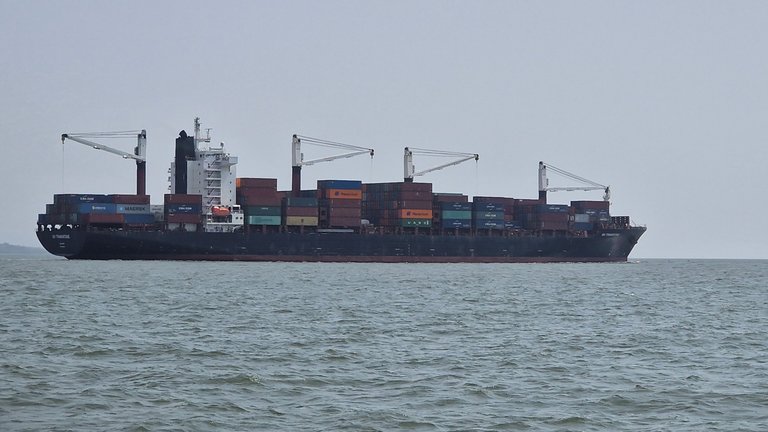

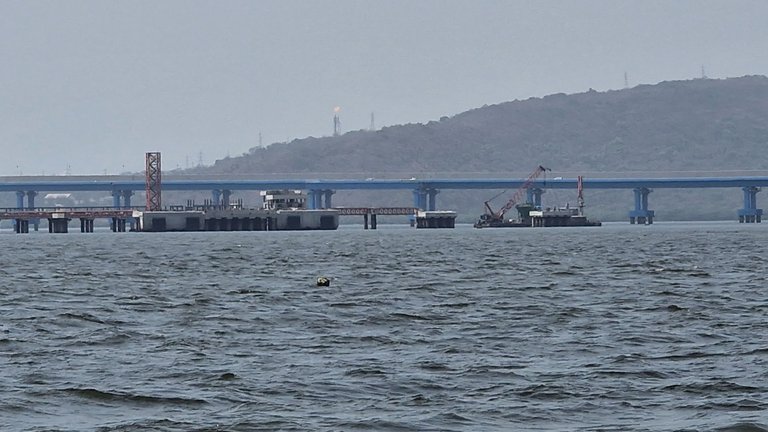
The ferry boat was comfortable but slow so we enjoyed seeing the activities in the sea.
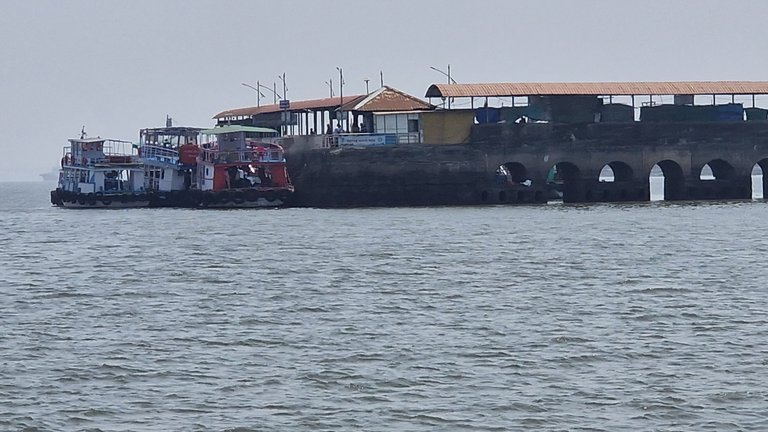 And finally, we saw the destination and the dock and we were excited.
And finally, we saw the destination and the dock and we were excited.
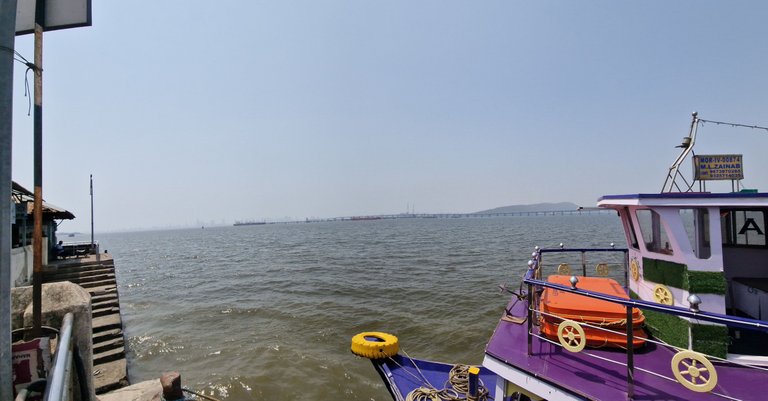 Ferry took around 1 and a half hours from Mumbai to Elephanta caves so we arrived there in the middle of the day. Even though it was winter the sun was too strong
Ferry took around 1 and a half hours from Mumbai to Elephanta caves so we arrived there in the middle of the day. Even though it was winter the sun was too strong
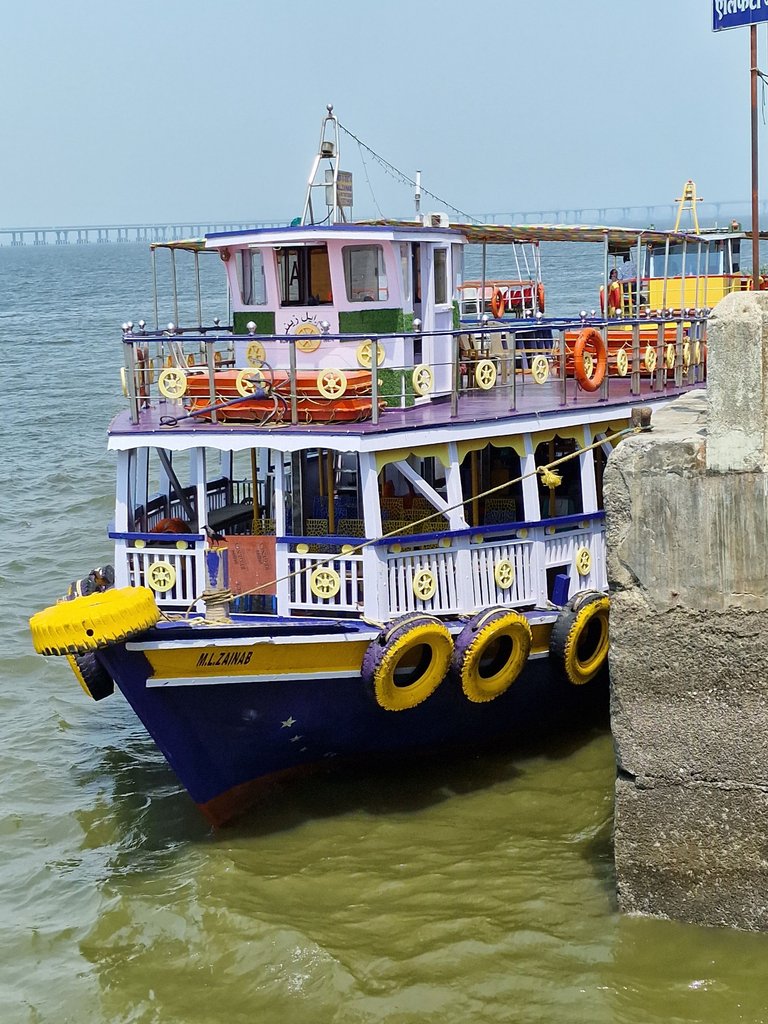 .
. 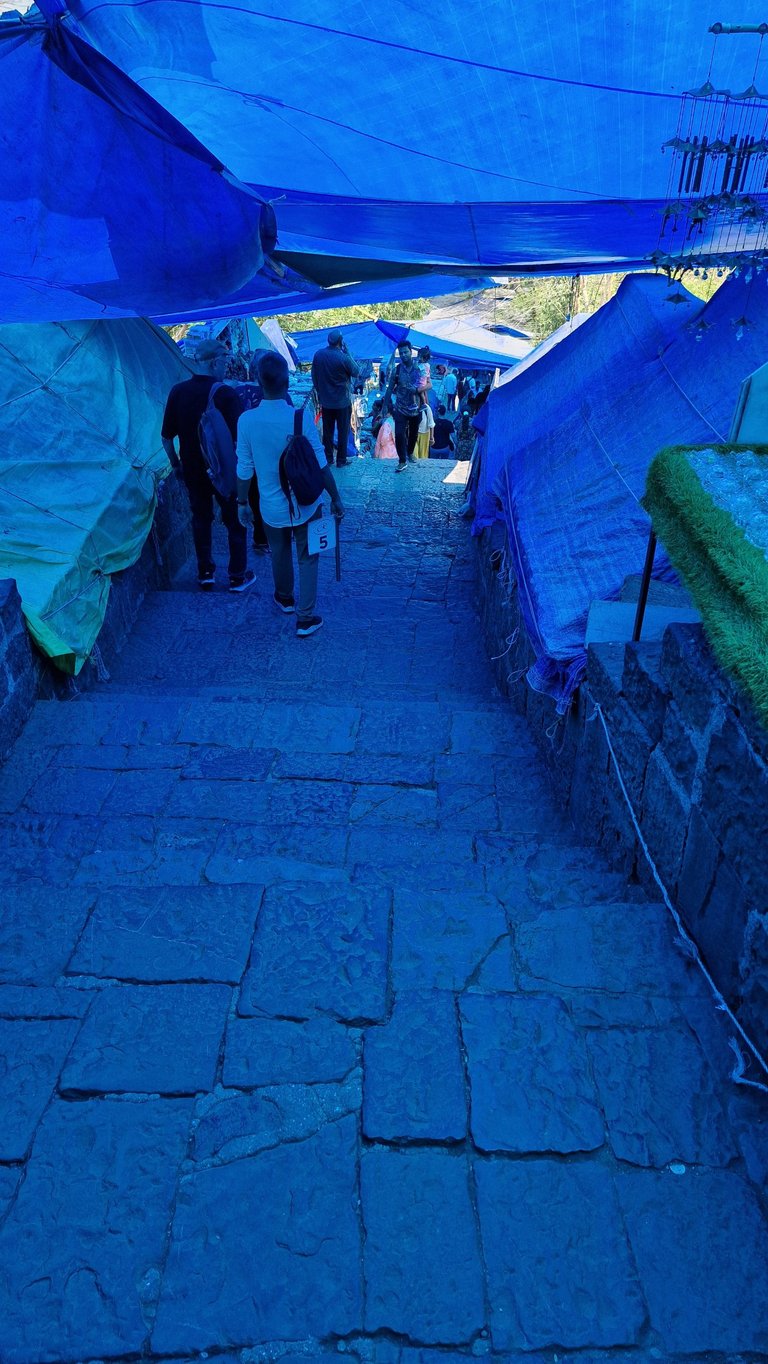 After getting down from the boat we walked around 500 meters and came to these steep steps, 120 in count. because of the hot sun, the whole path was covered with plastic from Vendors to protect their selling items from the sun. they sell souvenirs food and other articles. as well as it is a little comfortable for tourists to climb steep steps in the shade.
After getting down from the boat we walked around 500 meters and came to these steep steps, 120 in count. because of the hot sun, the whole path was covered with plastic from Vendors to protect their selling items from the sun. they sell souvenirs food and other articles. as well as it is a little comfortable for tourists to climb steep steps in the shade.
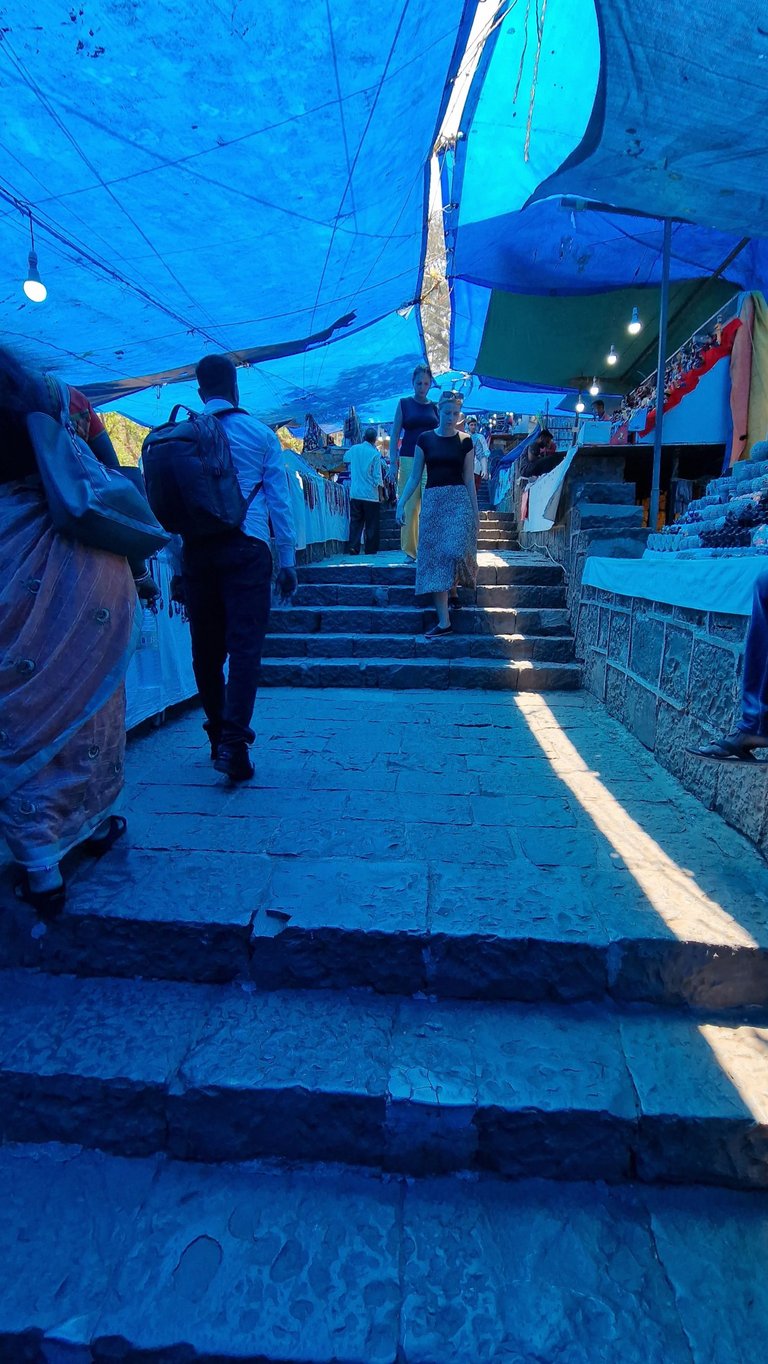
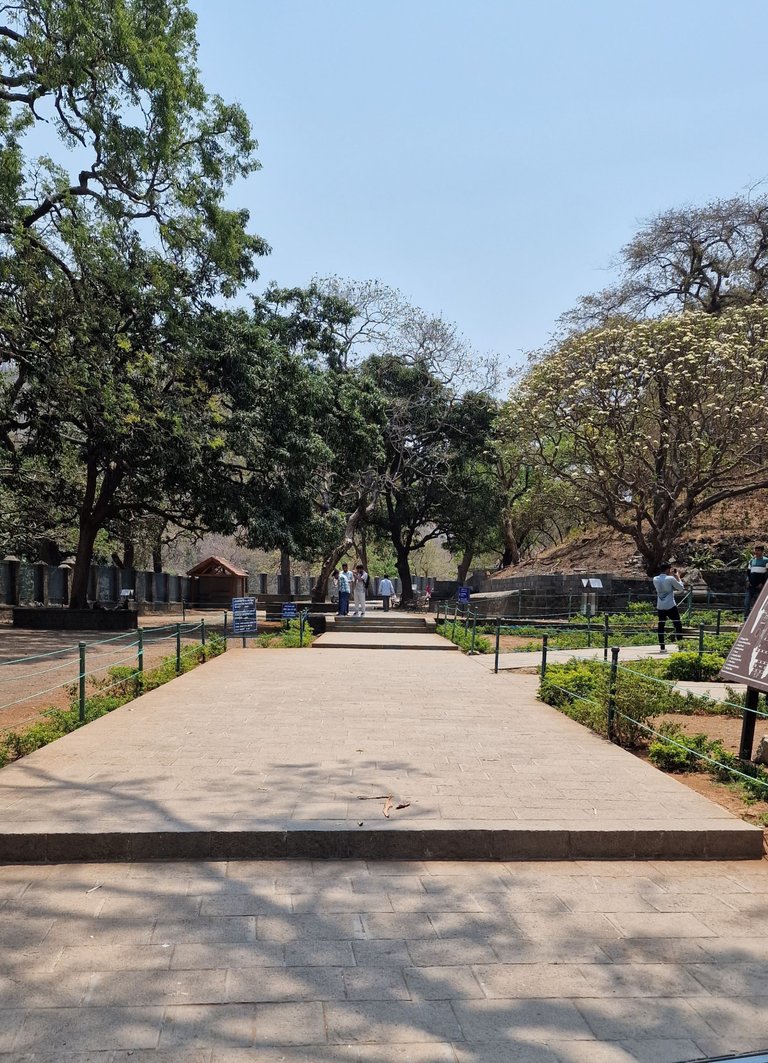 After climbing those steps we came up on the top of the nice flat ground, in front of the first cave. But before you have to buy a ticket and do some nominal formalities, like showing ID, or a passport if you are a foreigner must have the passport.
After climbing those steps we came up on the top of the nice flat ground, in front of the first cave. But before you have to buy a ticket and do some nominal formalities, like showing ID, or a passport if you are a foreigner must have the passport.
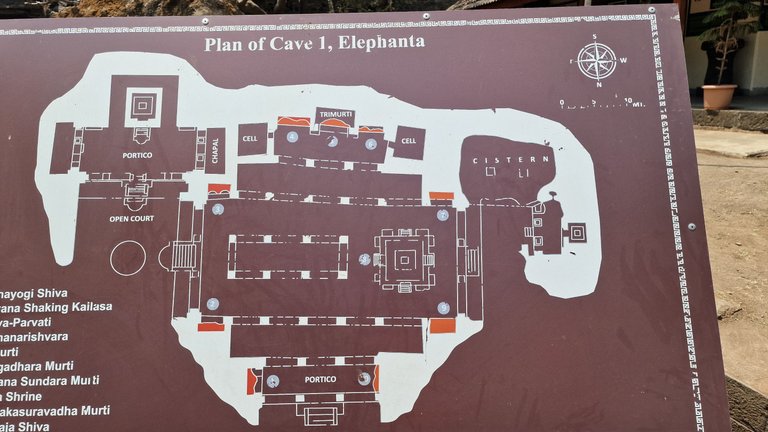 The small map gives some information/map of those caves.
The small map gives some information/map of those caves.
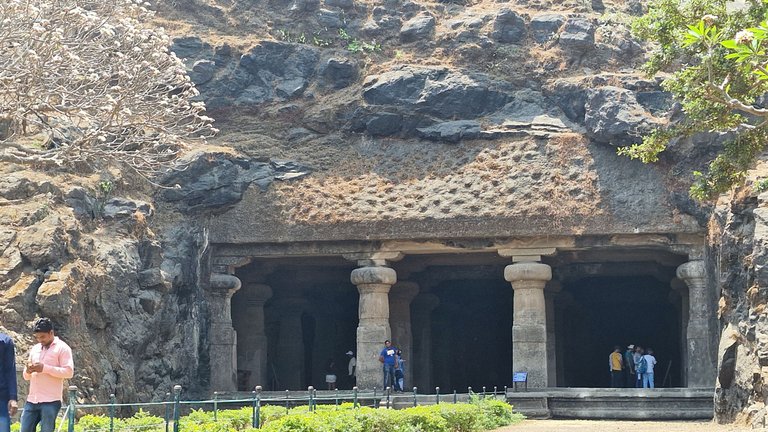 we entered the first cave with statues of all the different incarnations of the hindu god Shiva's. they were very nicely carved but all were damaged by the Portuguese as they did all over India at that time.
we entered the first cave with statues of all the different incarnations of the hindu god Shiva's. they were very nicely carved but all were damaged by the Portuguese as they did all over India at that time.
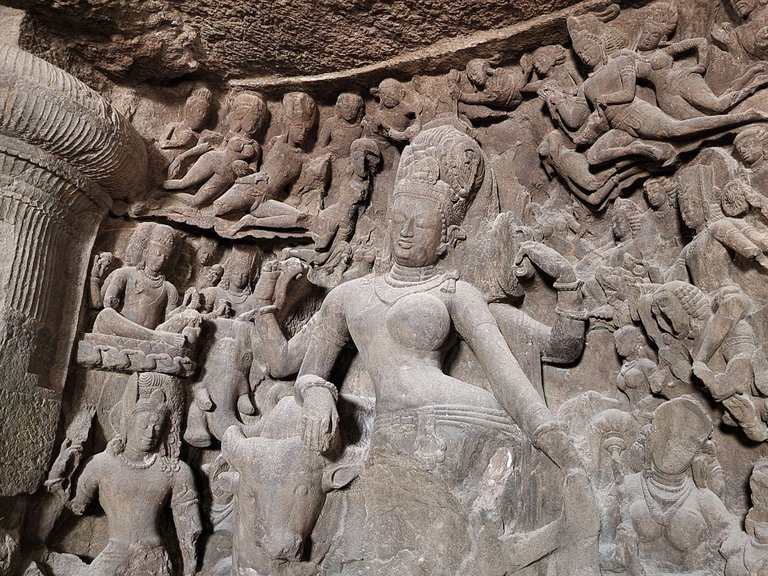
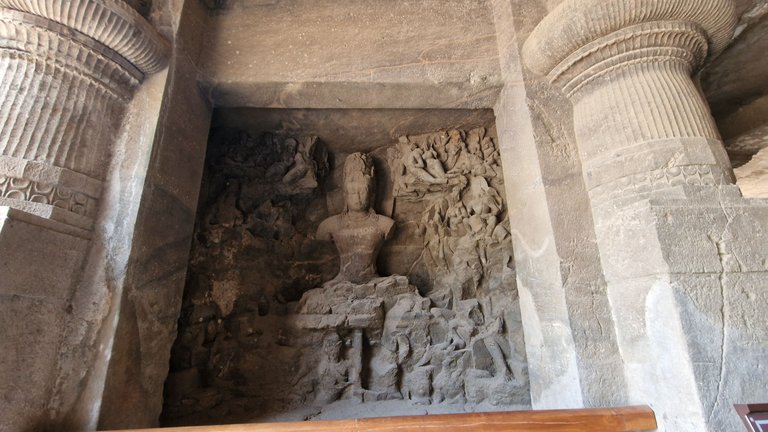
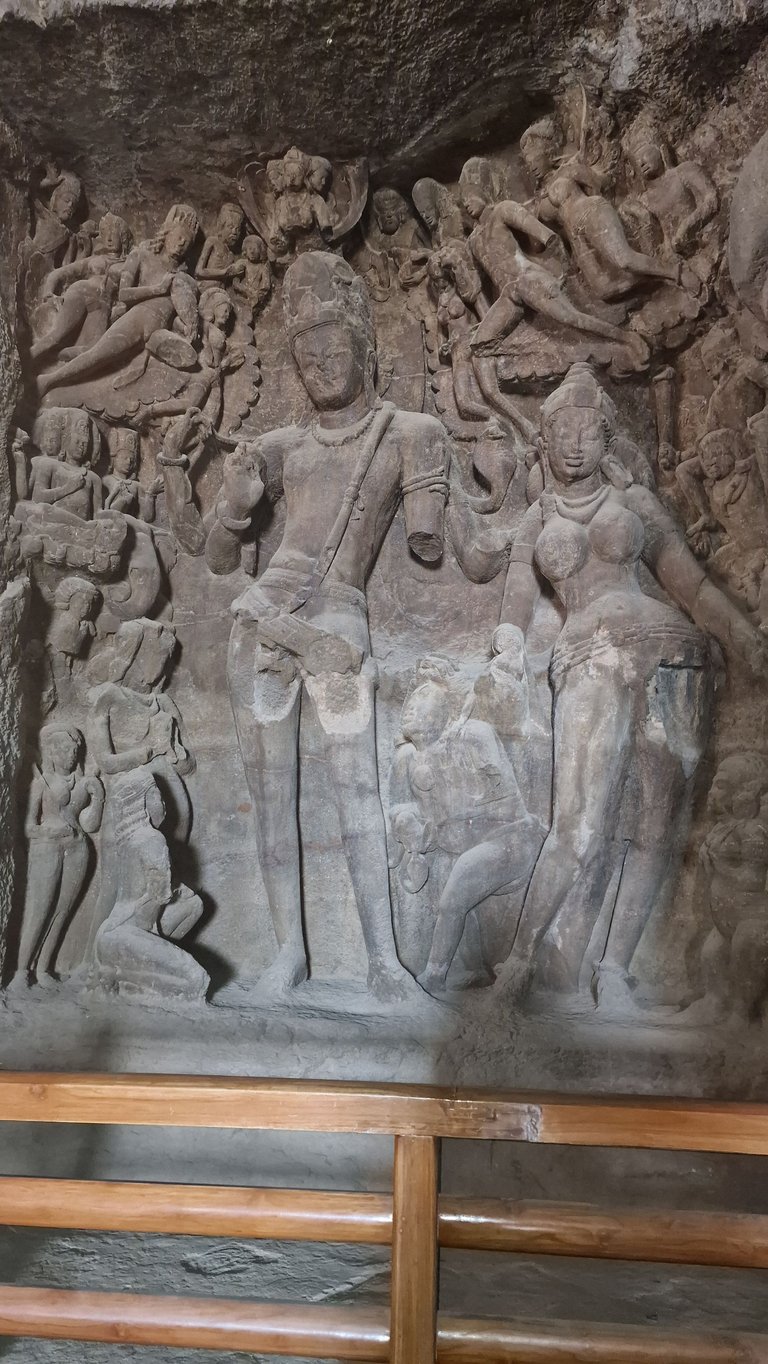
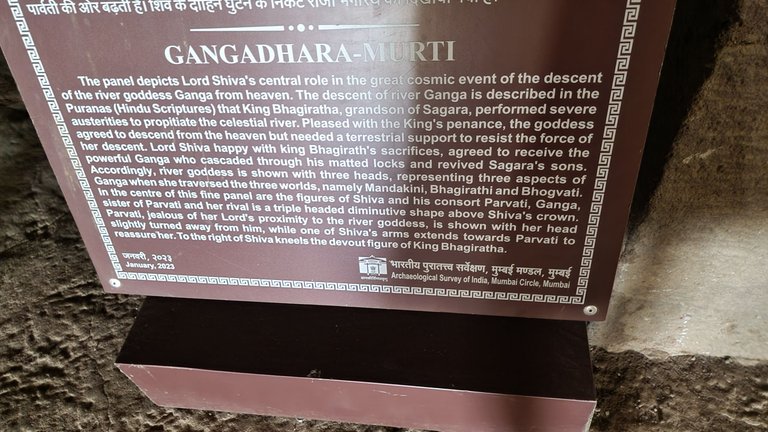
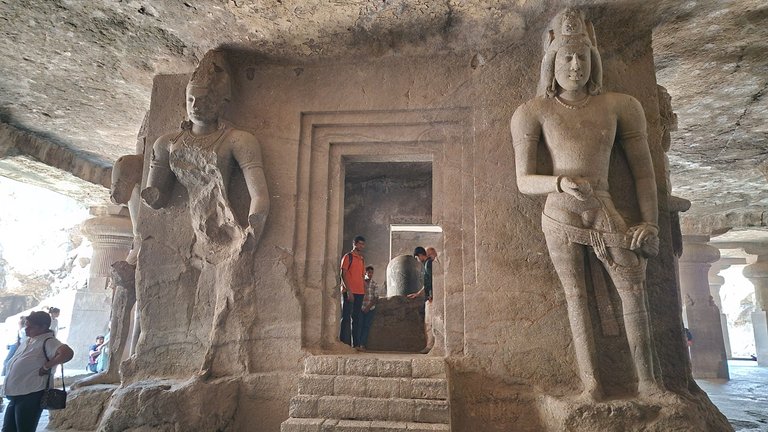
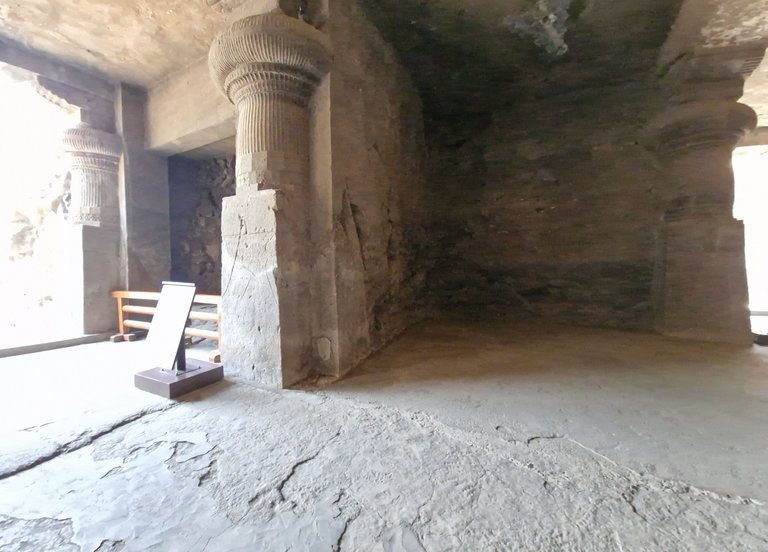
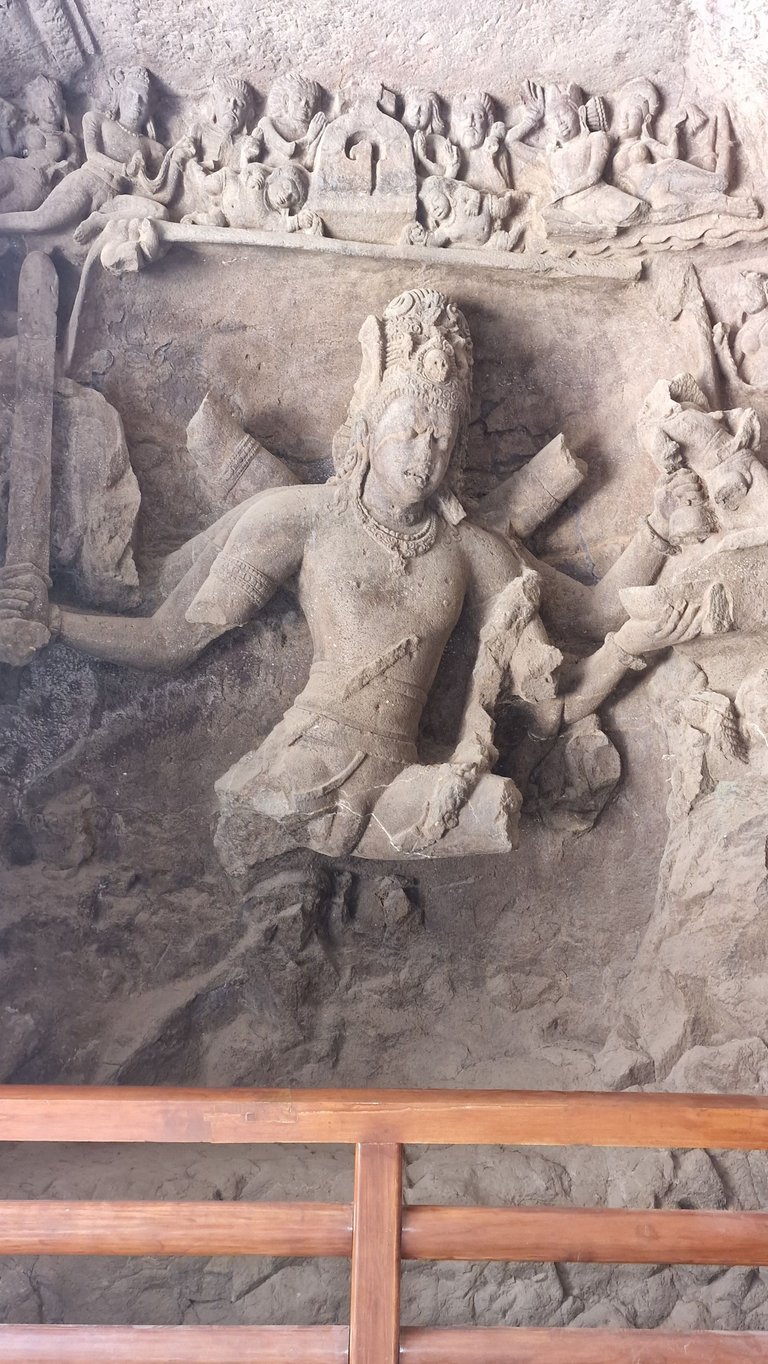
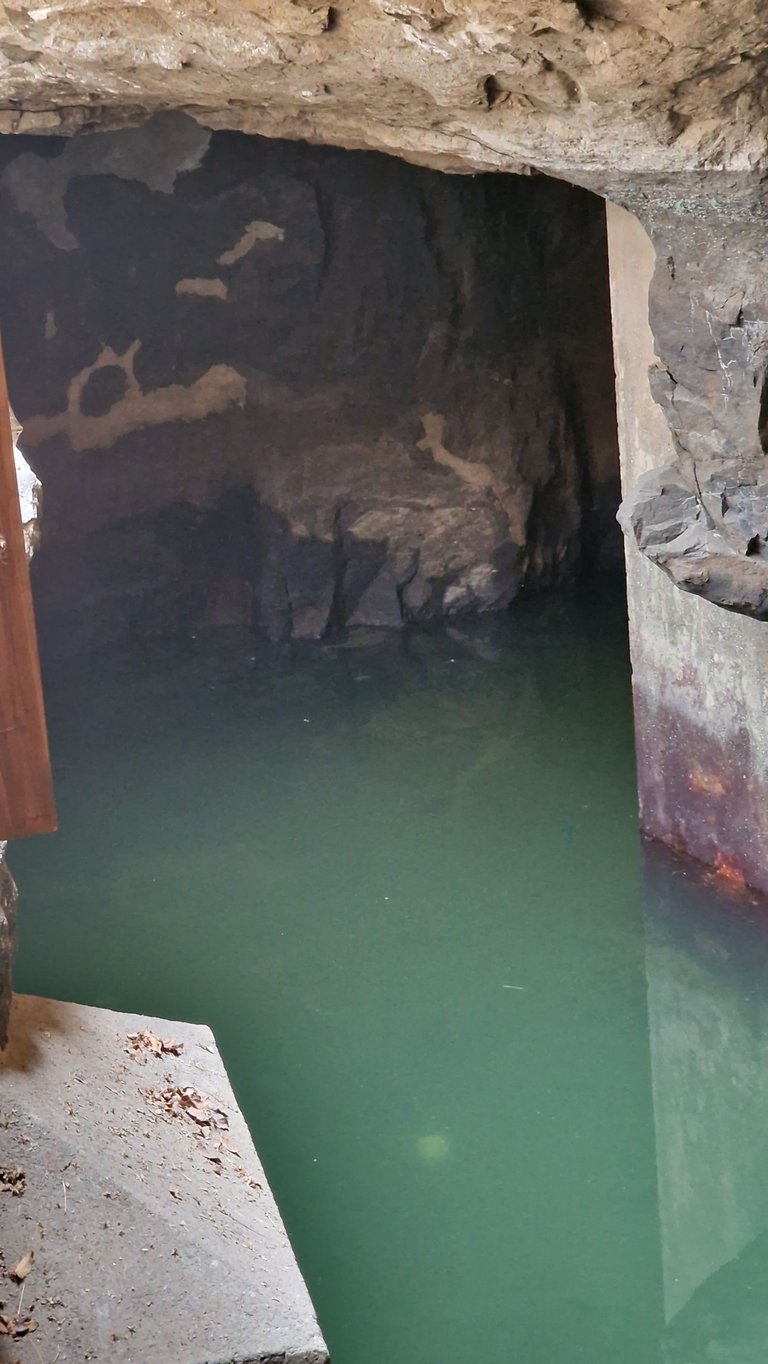 Many different of Shiva's actions and positions are presented very nicely, now we can only imagine that original beauty.
Many different of Shiva's actions and positions are presented very nicely, now we can only imagine that original beauty.
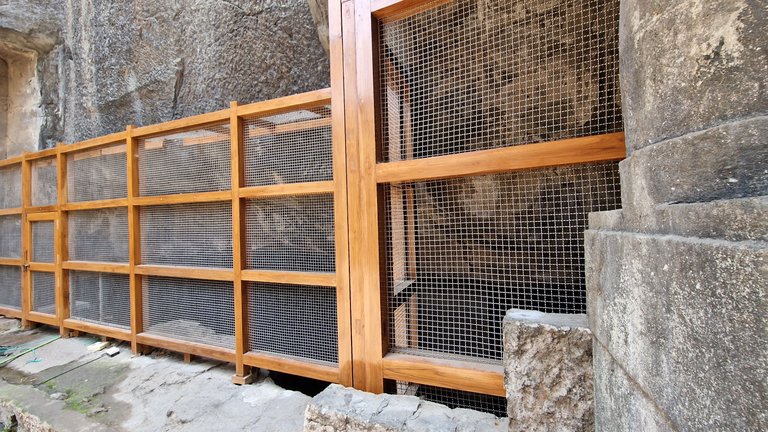 inside the cave saved rainwater as a drinking water source. Saved rainwater as a drinking water source. well is protected and the whole villagers depend on this drinking water because there is no source of sweet water supply.
inside the cave saved rainwater as a drinking water source. Saved rainwater as a drinking water source. well is protected and the whole villagers depend on this drinking water because there is no source of sweet water supply.
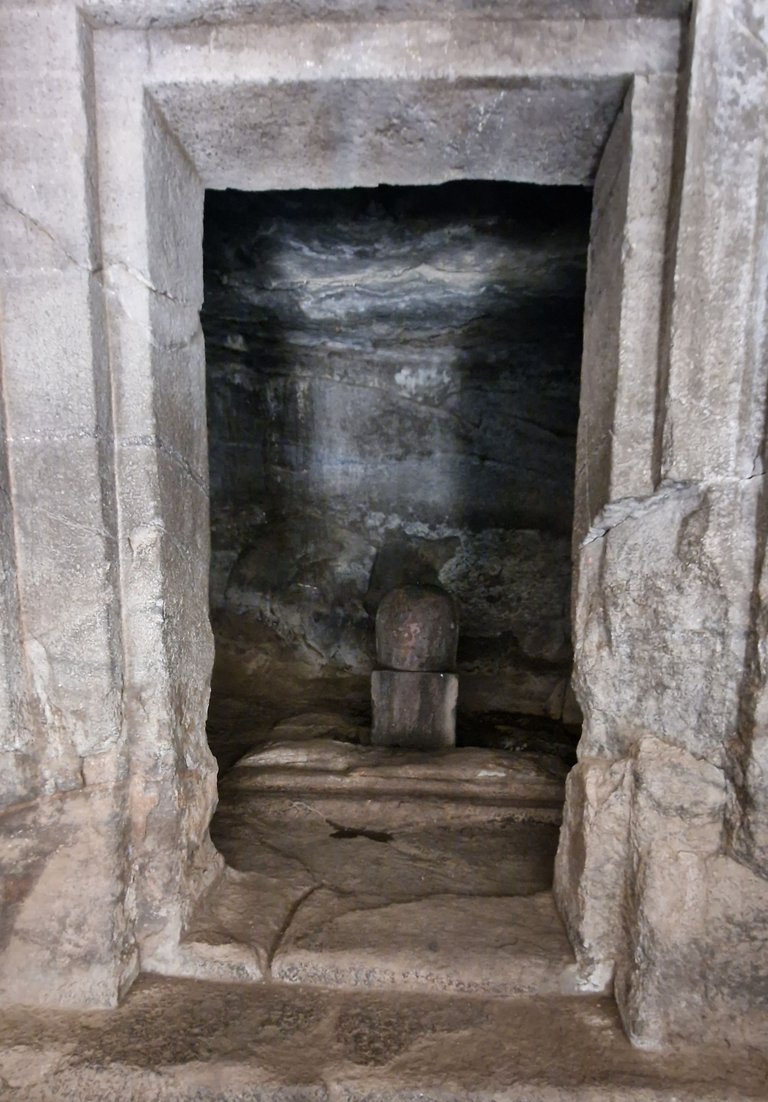
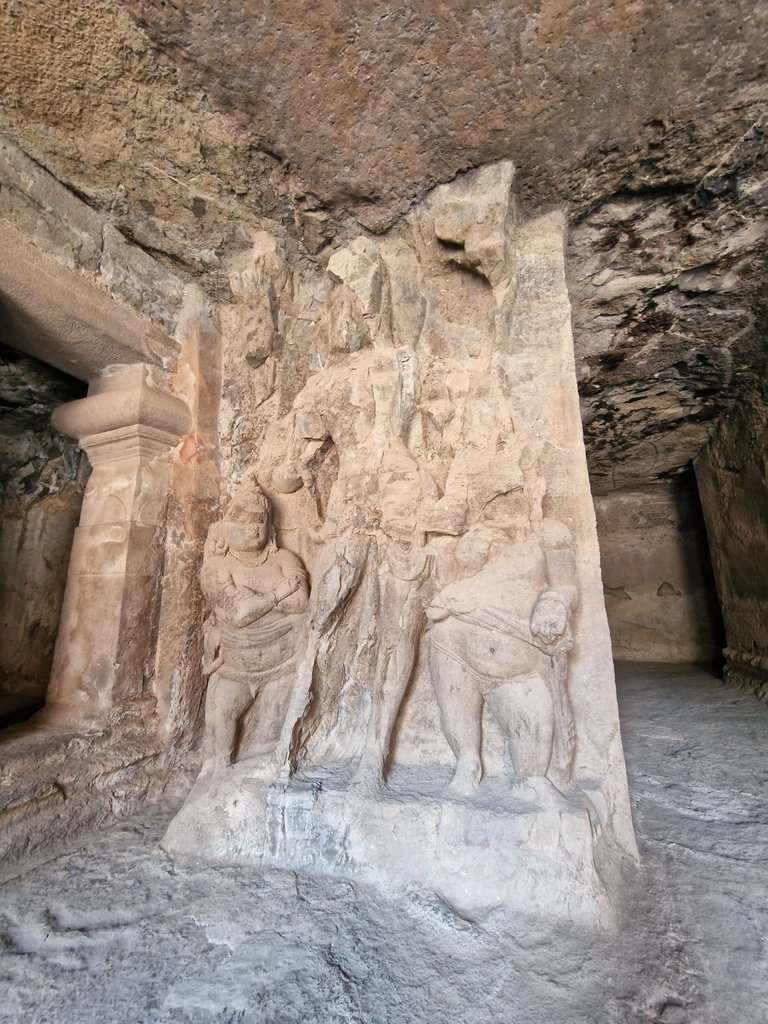
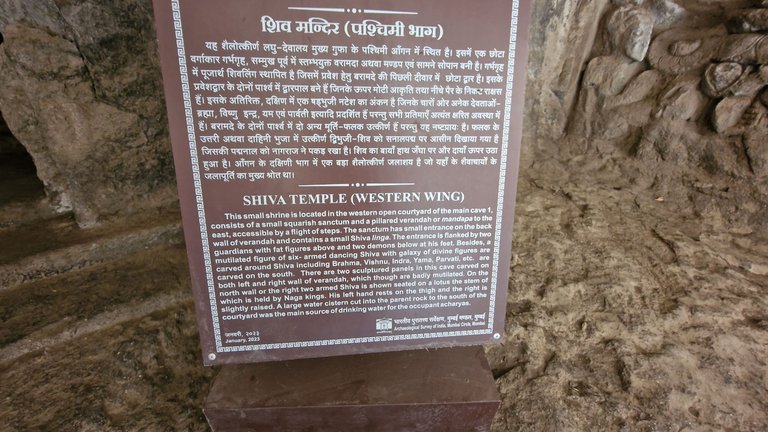
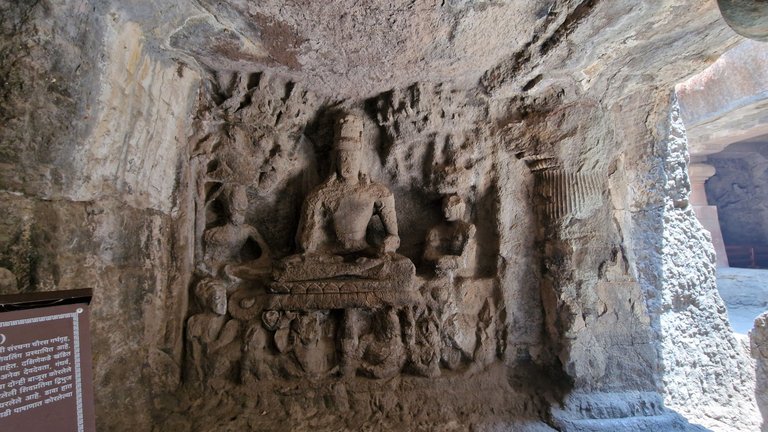
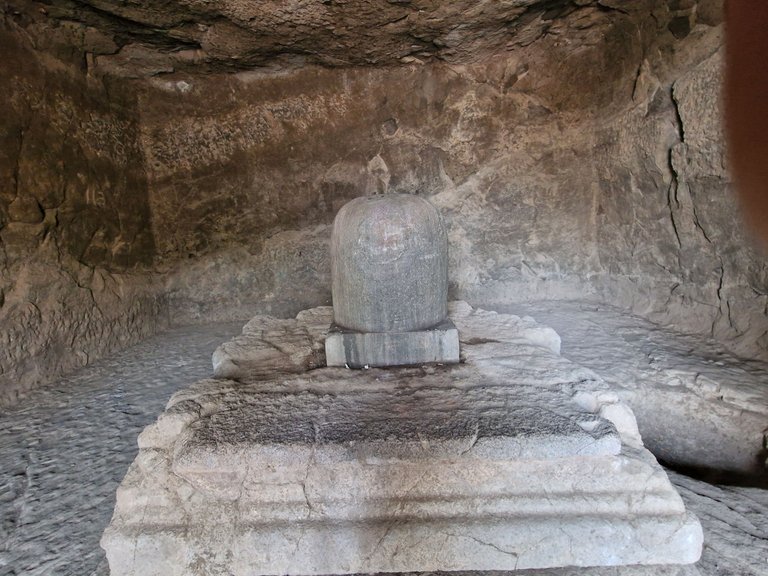

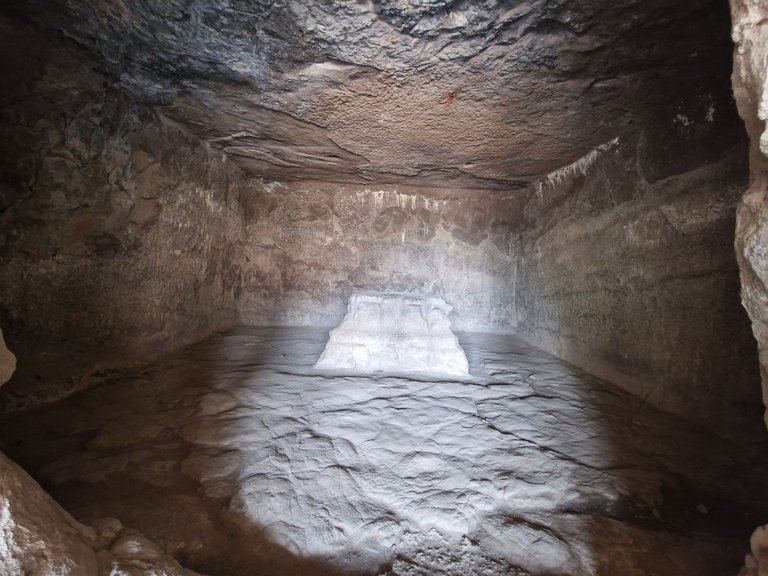 only the base remains and the sculpture has been gone a long time back.
only the base remains and the sculpture has been gone a long time back.
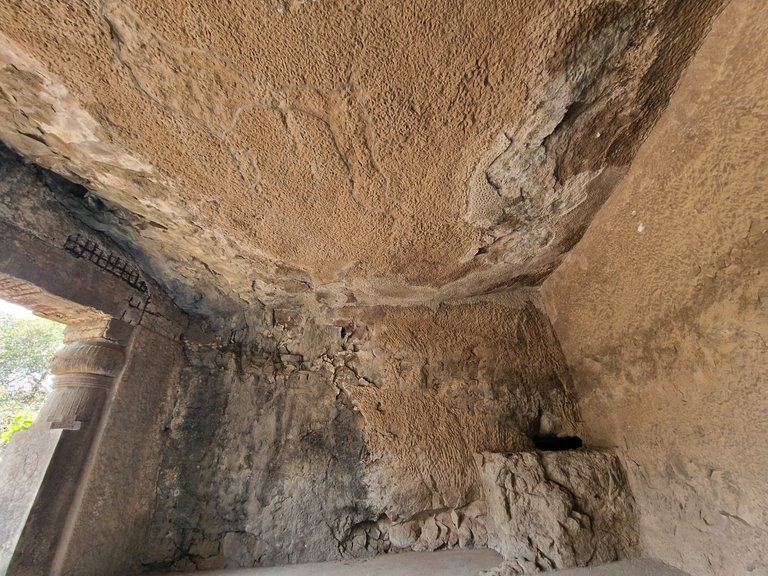
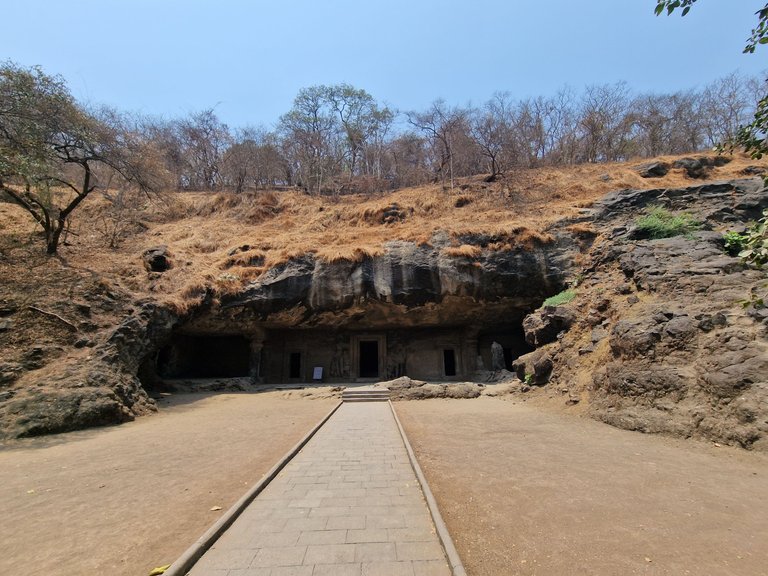
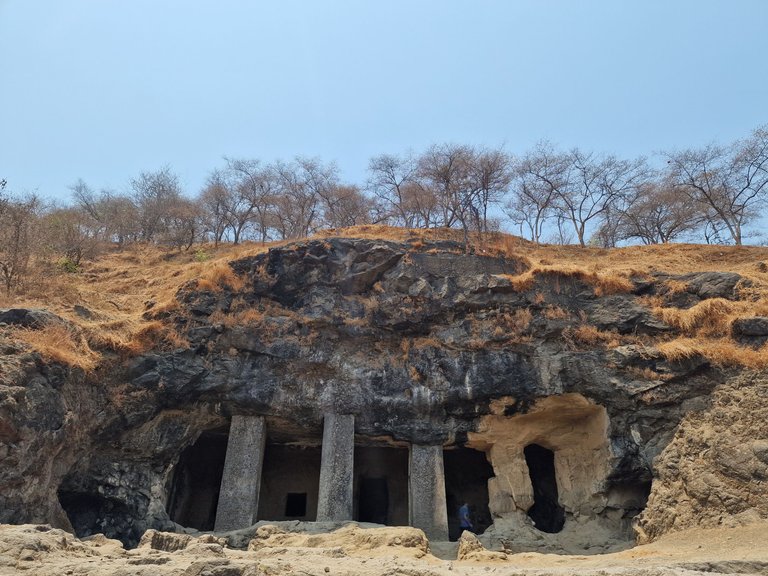
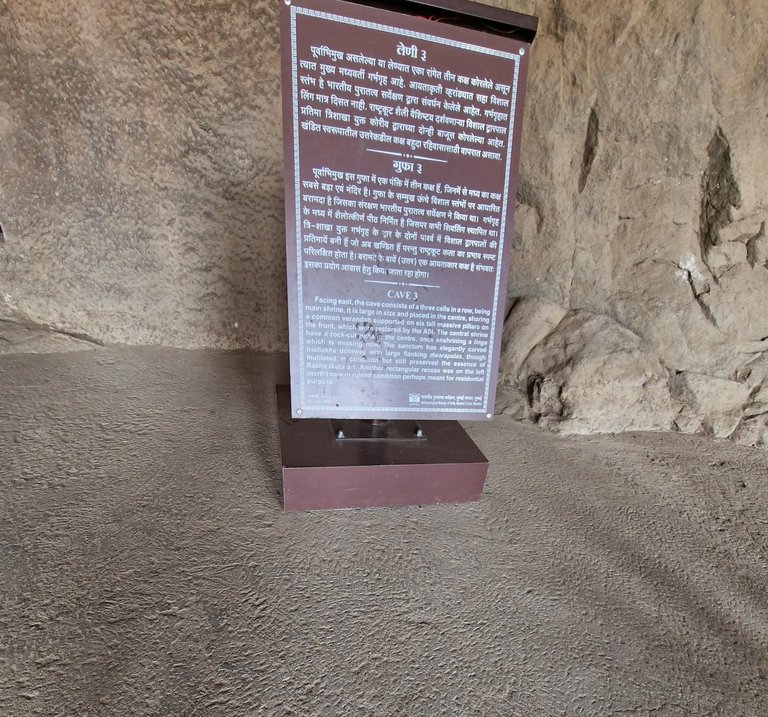
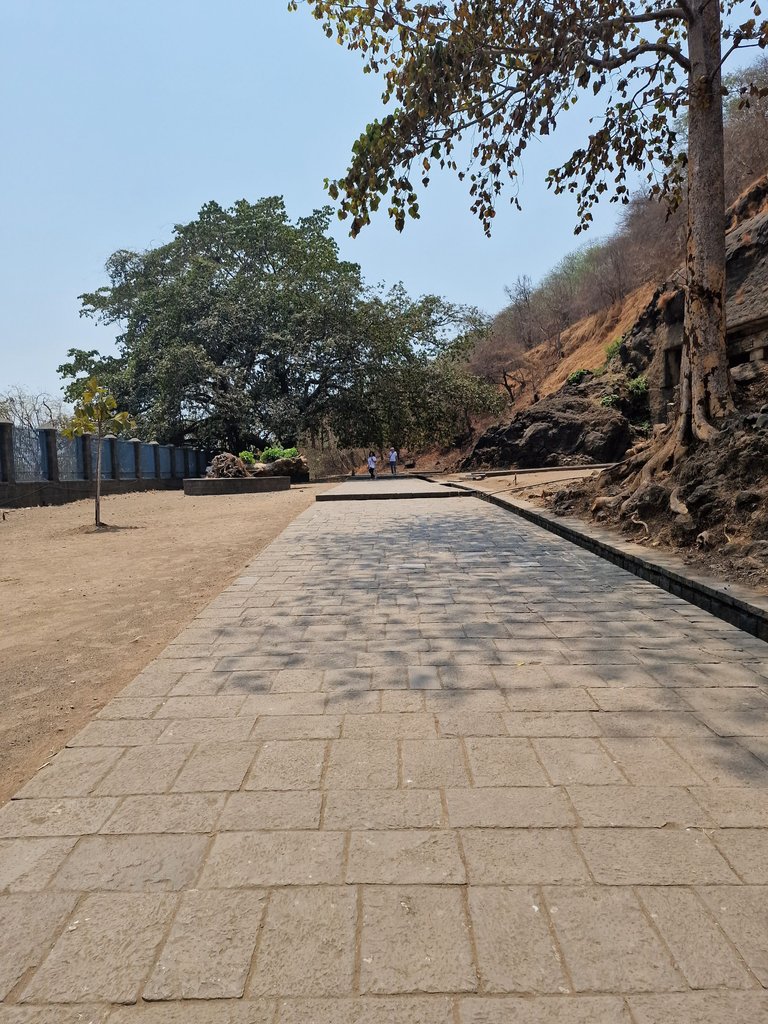 This path leads directly to the Buddhist caves situated on the eastern side of the island. Unfortunately, the fifth cave was closed to visitors due to restoration work. We walked down to the caves, there was not so much to see and the young boys became hungry, so we decided to turn back and search for a restaurant. There were many dining options available, but the food was not very fresh. It would have been much better to bring a packed lunch. some fruits and snacks when visiting this kind of place.
This path leads directly to the Buddhist caves situated on the eastern side of the island. Unfortunately, the fifth cave was closed to visitors due to restoration work. We walked down to the caves, there was not so much to see and the young boys became hungry, so we decided to turn back and search for a restaurant. There were many dining options available, but the food was not very fresh. It would have been much better to bring a packed lunch. some fruits and snacks when visiting this kind of place.
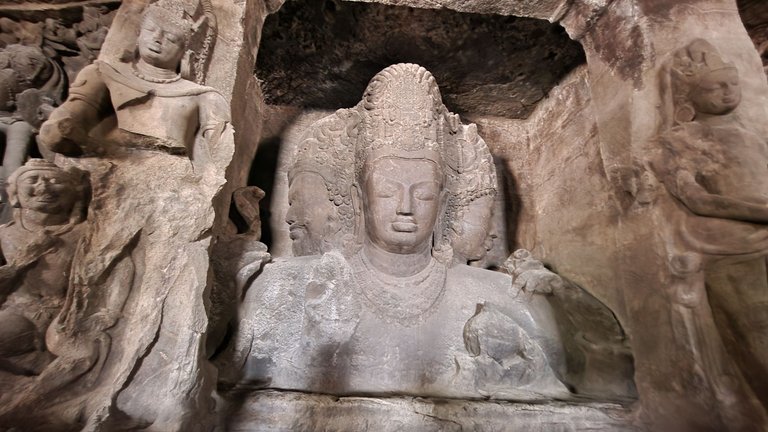
There are many aspects of this historical and archaeological heritage to write about but to truly experience the beauty of this traditional culture, one must explore the place themselves.
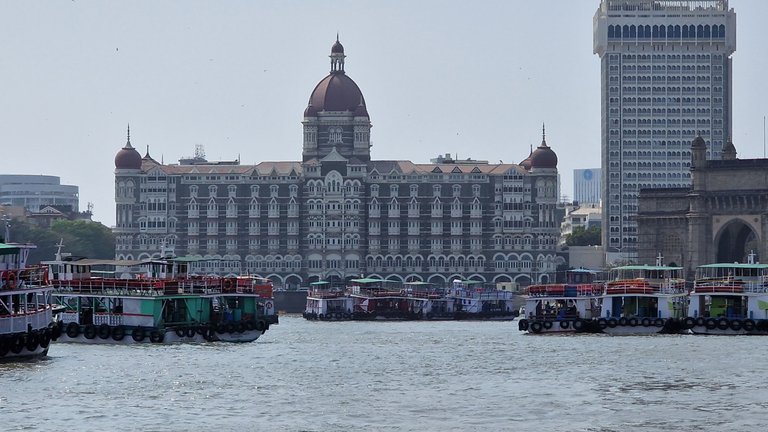 When we returned to Mumbai at 4:30 PM, the Taj Hotel and India Gate looked beautiful. All the ferry boats had finished their day's service and were preparing for the next day's duty. Thank you.
When we returned to Mumbai at 4:30 PM, the Taj Hotel and India Gate looked beautiful. All the ferry boats had finished their day's service and were preparing for the next day's duty. Thank you.
This post has been shared on Reddit by @hindavi through the HivePosh initiative.
You can check out this post and your own profile on the map. Be part of the Worldmappin Community and join our Discord Channel to get in touch with other travelers, ask questions or just be updated on our latest features.
Natural beauty helps us to stay refreshed. The clear weather under the blue sky and the old and traditional houses or pasads in the caves of the mountains below, in this picture, Sriti Nara Deva has given us a glimpse into the way of life of the Maya and the previous men. To me, the pasads under the mountains look incredibly beautiful.
This post has been manually curated by @bhattg from Indiaunited community. Join us on our Discord Server.
Do you know that you can earn a passive income by delegating to @indiaunited. We share more than 100 % of the curation rewards with the delegators in the form of IUC tokens. HP delegators and IUC token holders also get upto 20% additional vote weight.
Here are some handy links for delegations: 100HP, 250HP, 500HP, 1000HP.
100% of the rewards from this comment goes to the curator for their manual curation efforts. Please encourage the curator @bhattg by upvoting this comment and support the community by voting the posts made by @indiaunited.
nice place
!DUO
!BBH
!INDEED
You just got DUO from @eolianpariah2.
They have 1/1 DUO calls left.
Learn all about DUO here.